2014-2015 Winter Finch Forecast
10,000 Birds
SEPTEMBER 22, 2014
Ron Pittaway has published his winter finch forecast for the winter of 2014-2015. When Purple Finches leave Ontario in October and November, they return in mid-April to mid-May to breed. The “Southern” Hoary Redpoll (nominate subspecies exilipes ) which breeds south to northern Ontario is the usual subspecies encountered.



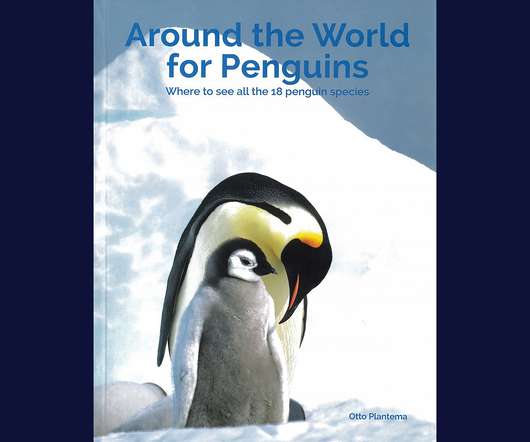


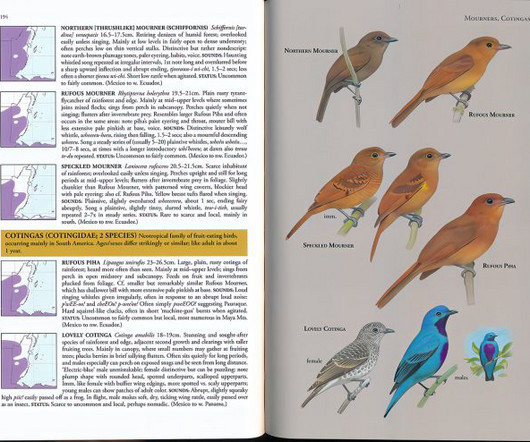



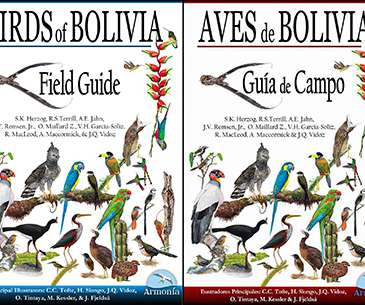


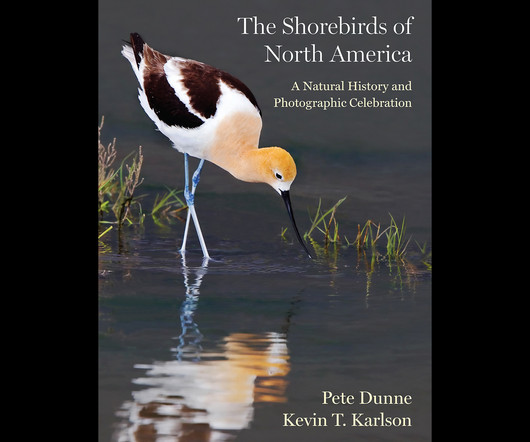

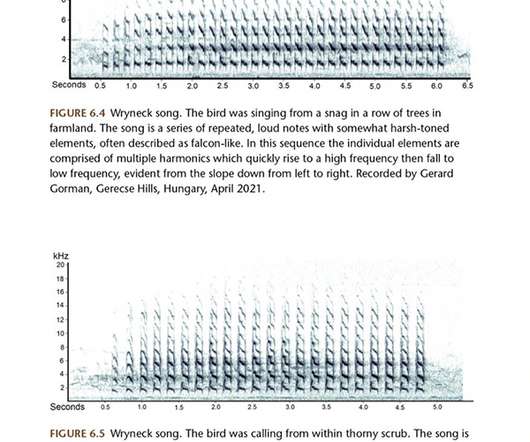
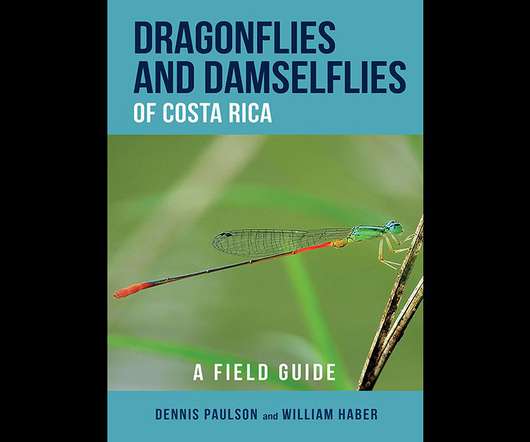


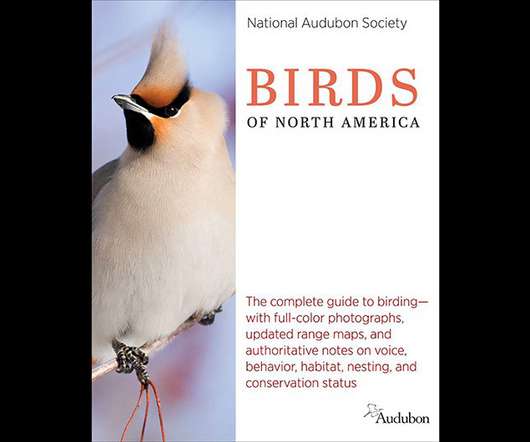

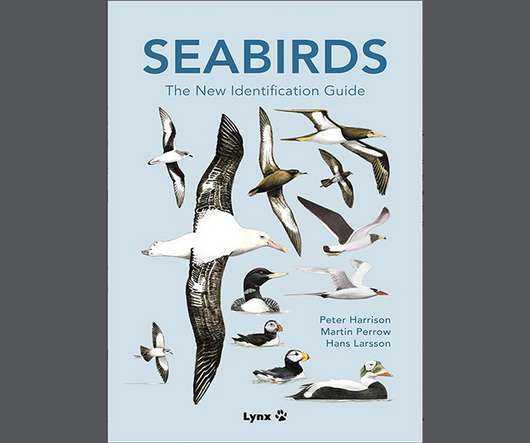


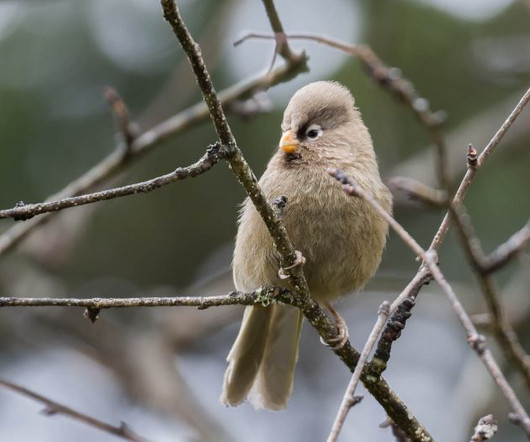








Let's personalize your content